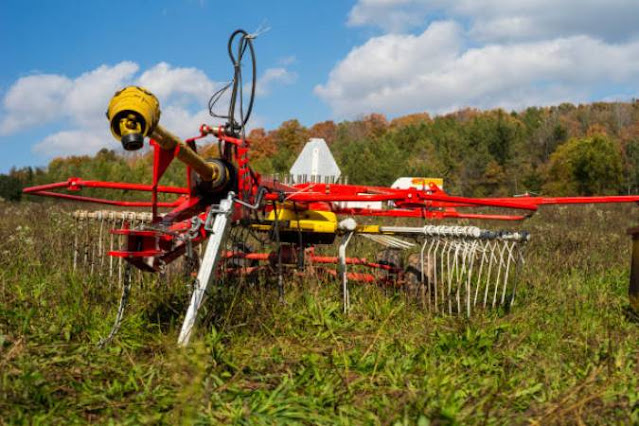Deploy Ag Robots in time for harvest with Freedom Pilot

Industrial robotics
Labor shortages and growing concerns about sustainability have led to
the placement of a variety of automata in the field with more to come:
harvesting, harvesting, fully robotic greenhouses, precision farming, mowing,
pruning , phenotyping, sowing and classification. BuiltIn recently showcased a
number of robot apps, the Robotics Industries Association (RIA) showcased a
number of apps on their 2019 blog: Cultivating Robotics and AI for Sustainable
Agriculture. And with COVID-19, that constant flow of demand is suddenly
peaking. The trends have become hot issues that need a solution now.
Forbes noted last month that with the border closures to migrant workers
in Cornwall, England, they are left without people to pick vegetables that are
ripening in the fields. The food will rot if they cannot find a solution. This
is not an isolated problem: Monterey County, where much of the production of
specialty crops in the United States comes from, conducted a survey which found
that as of April 24, 2020, 2 093 acres had been lost or not planted due to a
labor shortage.
Agricultural robots are ready to solve big problems of labor
shortage and sustainability. With Freedom Pilot, they can ship faster through
teleoperation and build their path to self-reliance by collecting data along
the way. Photo credit: https://ironox.com/
We've helped AgRobot companies quickly ship robots for harvesting,
weeding, and collaborative farming. What's new is that these machines are being
shipped quickly and replicated to solve real farmer problems rather than
sitting around in R&D to solve robotics problems.
It's time to send bots.
At Freedom Robotics, we're passionate about helping the robotics
companies we work with ship faster. Agtech startups can ship robots sooner and
meet that demand using teleoperations and humans in the loop while building
fully autonomous systems over time, not all at the same time. That's why we
created Freedom Pilot, which lets you control your robots from anywhere so you
can focus on your robot's work in the field.
Freedom Robotics pilot interface for an apple orchard in
Washington. Camera broadcasts are broadcast live with WebRTC. Orders injected
to pause or tag apples, and key metrics such as the number of trees harvested,
are tracked.
How it works
You will need: a robot with Internet connection and Freedom installed (5
minutes, one-line installation). A company we work with bought a mobile base, a
battery, a computer, a camera and a SIM card. They then installed Freedom Agent
and shipped it with remote operators 3 days after receiving the equipment.
Getting their hands dirty early on taught them exactly what features they
needed to build and, perhaps more importantly, which ones they didn't have,
saving them a lot of time while providing value. to their customers.
Out-of-the-box capabilities
We created the Freedom Robotics Pilot to be easy to test and customize.
It come with a set of out-of-the-box features and is API first so you can
develop any custom functionality specific to your robot.
• Optimized for low bandwidth: load only the data you need by specifying
which topics to load and how fast to avoid racking up large data usage bills
• Driving: use Pilot as a driving tool
• WebRTC Teleoperation: View camera transmissions and send low latency
browser commands to robot communication
• Waiting to fail: buffering, compressing and fast automatic reconnection
to handle intermittent internet interruptions
• Reports and datasets: Save images and data offline to generate reports
and use machine learning later
• API first: we create our application on the same API as the one we
provide to all our customers; set it up the way you want it to.
• GPS satellite: display GPS and send targets @ Read More


